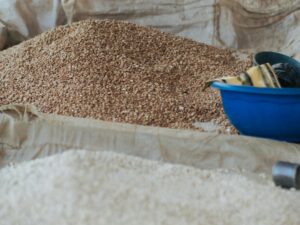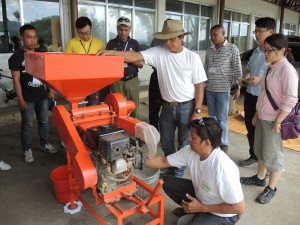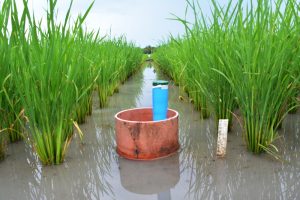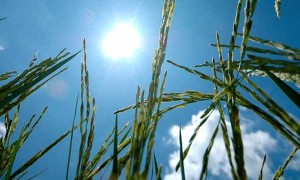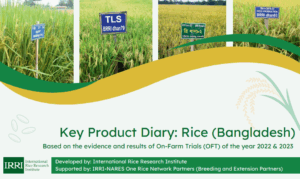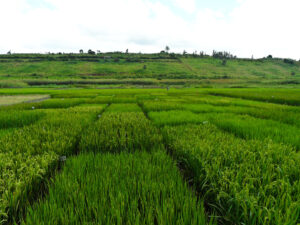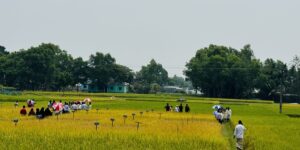Researchers led by the University of Minnesota have significantly improved the performance of numerical predictions for agricultural nitrous oxide emissions using a knowledge-guided machine learning model.
Known as KGML-ag, it is a form of artificial intelligence that is 1,000 times faster than current systems and could significantly reduce greenhouse gas emissions from agriculture.
The framework presents significant opportunities for quantifying the agricultural greenhouse gas emissions, helping to verify carbon credits, and optimizing farming management practices and policymaking.
Read the story at European Geosciences Union
More on greenhouse gas mitigation
Carbon Footprint Calculator customized for rice products: Concept and characterization of rice value chains in Southeast Asia
The ability to quantify GHG emissions along the entire value chain from farm to shelf for a specific product is the key to enhancing the transparency of the origin of emissions and for reducing emissions. This is especially the case for emissions that are incurred once the paddy rice leaves the farm and enters the phase of processing where emissions from food product losses are often not accounted for and the methods that do exist for quantification are complex and out of reach for non-experts.
Mitigating greenhouse gas emissions from irrigated rice cultivation through improved fertilizer and water management
Annually, Bangladesh consumes about 2.9 million metric tons of urea and about 60% of this is used in rice cultivation. Therefore, this could contribute to increasing atmospheric pollution due to increased CH4 and N2O emissions. Increasing nitrogen-use efficiency by adopting urea deep placement (UDP) could reduce environmental pollution including mitigation of GHG emissions compared to conventional nitrogen management through broadcasting method or the adoption of an integrated plant nutrient system. Moreover, UDP could be more effective in mitigating greenhouse gas emissions when it is combined with alternate wetting and drying irrigation.
Crop nutrient management using Nutrient Expert improves yield, increases farmers’ income, and reduces greenhouse gas emissions
Nutrient Expert (NE) tool-based site-specific nutrient management (SSNM) in rice and wheat crops can lower global warming potential by about 2.5% in rice and between 12% and 20% in wheat over farmers’ fertilization practice. More than 80% of the participating farmers increased their crop yield and farm income by applying the NE-based fertilizer recommendation. Adoption of NE-based fertilizer recommendation practice in all rice and wheat acreage in India would translate into 13.92 million tons more rice and wheat production with 1.44 metric tons (Mt) less N fertilizer use, and a reduction in GHG of 5.34 Mt CO2 per year over farmers’ current practice.

